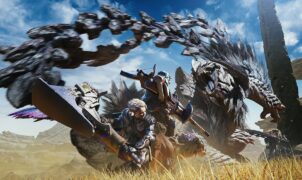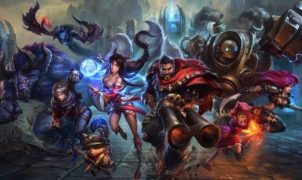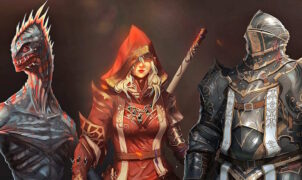The game, shown at E3 2000 and E3 2001, reflected BioWare’s vision, but we’ve never seen it in this form before.
The presentations were most likely hosted by Trent Oster, the project director for Neverwinter Nights (NwN), and later founded Beamdog, an RPG remaster-focused studio. The graphics and character portraits of BioWare’s game are already similar to the retail version, but the character animations and user interface differ. The sounds used to cast spells are a temporary placeholder solution taken from Baldur’s Gate II. In the 2000 presentation, Oster talked a lot about the multiplayer angle. Still, in 2001, he talked about how the game’s Aurora toolkit could be used to quickly and easily create custom levels… and there was no mention of the original story the studio was working on.
NwN’s original campaign started well but started to run out of steam halfway through, which is surprising, seeing as it was preceded by Baldur’s Gate and followed by Star Wars: Knights of the Old Republic (the former a CRPG, the latter a more accessible, cinematic RPG frontrunner). It was interesting to hear Oster mention Ultima Online as one of the inspirations for NwN: “We looked at it and thought, ‘How do we get involved with this space?’ What if you don’t have to have a thousand players to make a compelling multiplayer experience? What if you only have to do groups of six or seven? What if we could do it? What if we could pack the best of both worlds, where you essentially have the story-based nature of a single-player game but the social interaction of a massively multiplayer game?” Oster said.
Among the “persistent worlds” run by players, for example, Arelith is still running today. In the 2001 E3 demo, it was emphasized that Aurora is the basis for thousands of hours of short user-created missions and full campaigns. Luke Scull, a fantasy author, began his career with NwN modules and still works on Aurora (e.g., The Aielund Saga and Swordflight, both being far better than BioWare’s campaign, Wailing Death). BioWare later improved the game with the add-ons Shadows of Undrentide and Hordes of the Underdark. Still, it’s interesting that the studio initially focused on multiplayer and user-generated content…
In 2003, Tim Cain (Fallout!) with Troika Games pitched a similar concept for Baldur’s Gate III (modding, multiplayer, excellent story). Meanwhile, Larian Studios is following a similar path with the upcoming BGI, but Divinity: Original Sin has also followed the same path from them.
Source: PCGamer














Leave a Reply